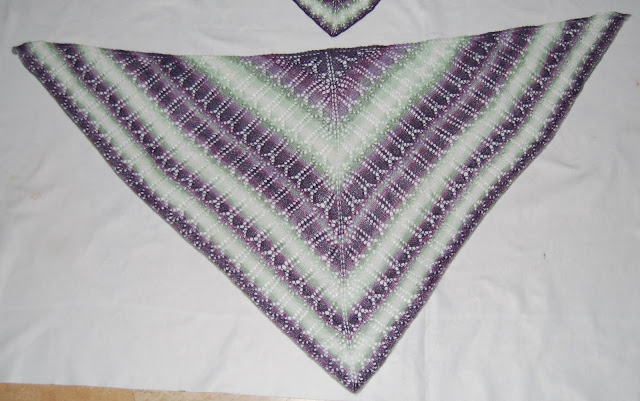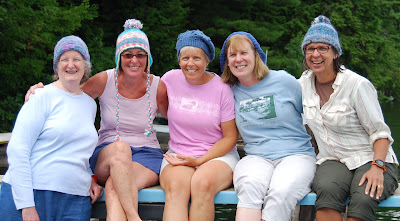
One Last History Note (4 of 4) These are two squares from my 2016 sampler quilt. The one on the right is the original pattern from Laurie Aaron Hird's, The Farmer's Wife's 1930's Sampler Quilt . On the left you see the result of not paying attention when sewing block units together. They are made up of exactly same units... I just screwed up. I wonder how many new patterns are a result of that kind of mistake. My last summer reading, Soft Covers for Hard Times by Merikay Waldvogel, gave me even more perspective on quilting history. You see, until the early 1900's quilt patterns were shared within families and communities, friend to friend, quilter to quilter, and even if they thought to name a pattern, the name would have significance to that community or region. In pre-industrialized America, a single piecing pattern could have several names. Quilt making received a creative boost in the 1920's with the Colonial Revival wh...











